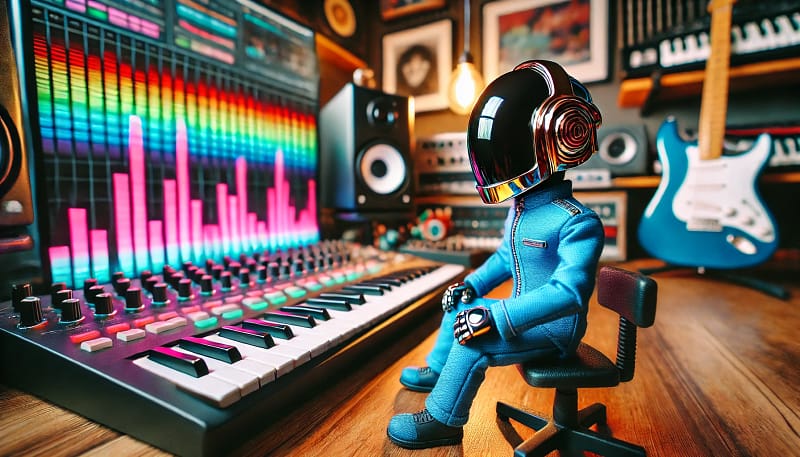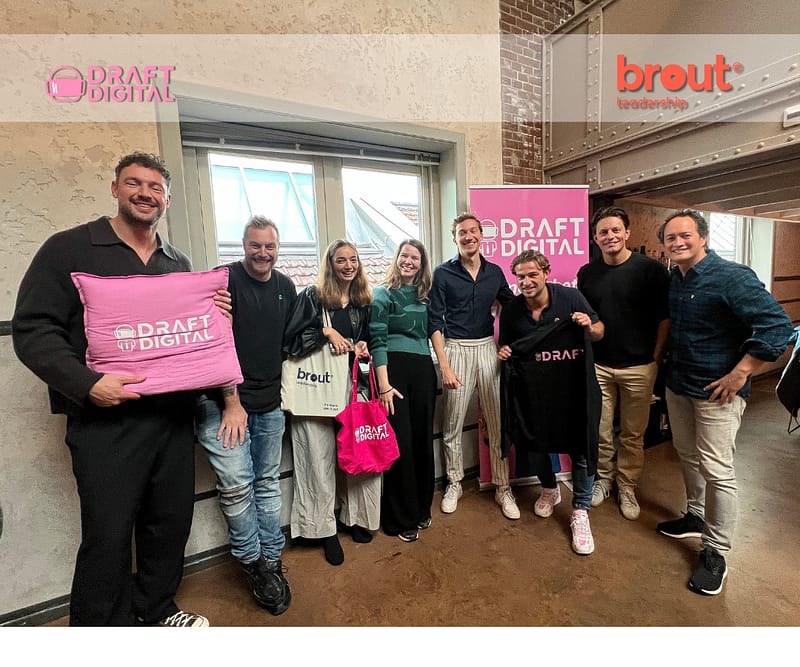AI Text‑to‑Speech is Revolutionizing Digital Audio
Artificial Intelligence (AI) has made significant advances across industries, and digital audio is no exception. One of the biggest breakthroughs is AI’s ability to clone voices and generate text‑to‑speech audio. This innovation is reshaping how content is created, offering unprecedented efficiency and precision. A great example is Aldi, which replaced a voice actor with AI in its commercials: https://nos.nl/artikel/2516494-aldi-vervangt-stemacteur-door-ai-in-reclames-zullen-meer-bedrijven-volgen
Voice Cloning and Text‑to‑Speech
Traditionally, producing audio for commercials required studio sessions with voice actors, sound engineers, and post‑production, a process that was both time‑consuming and costly, with very little room for flexibility. Today, AI‑driven text‑to‑speech technologies have completely changed the game. Advertisers can now create audio instantly, without the need for a studio. AI can even clone voices, allowing for fully personalized audio content. Tools like ElevenLabs make it easy to upload your own voice, something I (Lars Postmus) have tried myself.
A Note of Caution
Ondanks dat de voordelen van het klonen van stemmen gigantisch zijn, is het wel goed om uit te kijken naar mogelijke fraude. Doordat stemmen dusdanig goed nagemaakt worden kan daar ook misbruik van gemaakt worden. In dit artikel van NU.nl While the benefits of voice cloning are enormous, it’s worth being vigilant about its potential for fraud. As AI voice generation becomes more sophisticated, it can also be misused. A recent example was reported by NU.nl, where an employee of a Hong Kong company was deceived into transferring €24 million to criminals. The employee thought he was on a video call with the company’s financial director, but it turned out to be a virtual person with a cloned voice.
Speed and Relevance: Making the Most of the Moment
One of the biggest advantages of AI in digital audio advertising is its ability to respond quickly and stay relevant. For example, during major events like the UEFA European Championship (EURO), advertisers can now produce and launch audio ads in real‑time, capturing the excitement and energy of the moment. This level of responsiveness was virtually impossible with traditional methods, where new content often required long lead times. AI allows advertisers to remain timely and capture their audience’s attention precisely when it matters. This approach is ideal for brands like HEMA, KLM, and Bol.com, which have long leveraged social media for timely messaging. Now, text‑to‑speech allows this to extend seamlessly across radio, video, and audio platforms.
From One‑to‑Many to One‑to‑One
Another major shift AI brings to digital audio is the move from one‑to‑many communication towards highly personalized, one‑to‑one messaging. Whereas traditional audio ads broadcast to a broad audience regardless of individual interests, AI makes it possible to analyze data and tailor ads to specific demographics, interests, and even individual listeners. This precision ensures that the right message reaches the right person at the right moment, maximizing campaign effectiveness and return on investment.
Location‑Based Dynamic Audio
Location‑Based Promotions: Vascobello Coffee can use dynamic audio to highlight daily specials at specific locations. For example, an ad playing in Amsterdam could say: “Enjoy a freshly brewed latte today at our Museumplein location!”
Time‑Based Dynamic Audio
Morning and Evening Messages: A fitness app can use dynamic audio that changes based on the time of day, for example, “Good morning! Start your day with a refreshing yoga session,” in the morning, and “Good evening! Unwind with a relaxing meditation,” in the evening.
Weather‑Based Dynamic Audio
Seasonal Products: A fashion brand can adapt its audio ads based on the current weather, for example: “It’s cold outside! Stay warm with our new winter collection,” on a chilly day.
Enhancing DCO Across Channels
In addition to creating digital audio ads, text‑to‑speech technology can significantly enhance dynamic visual ads on social media platforms. Traditionally, dynamic ads have focused mainly on visuals, adapting images and videos to capture attention. However, by integrating text‑to‑speech, advertisers can also add dynamic audio to their content, creating a more immersive and captivating experience. This is especially valuable for platforms like Reels and TikTok, where sound plays a pivotal role in grabbing attention. With text‑to‑speech, brands can quickly produce relevant audio that complements their visuals, allowing for seamless, real‑time communication with their audience.
Summary
At Draft Digital, we believe in using technological innovation responsibly and with integrity. Advances in AI‑driven digital audio align with our core values and offer growth opportunities for both advertisers and listeners. By embracing these innovations, we aim to deliver higher performance in every campaign and provide high‑quality, engaging, and relevant audio content tailored to listeners’ preferences. Currently, Draft Digital is fully immersed in the pilot phase, working to create broadcast‑quality ads. Want to learn more about audio and AI‑generated advertisements? Feel free to get in touch via this (link).







